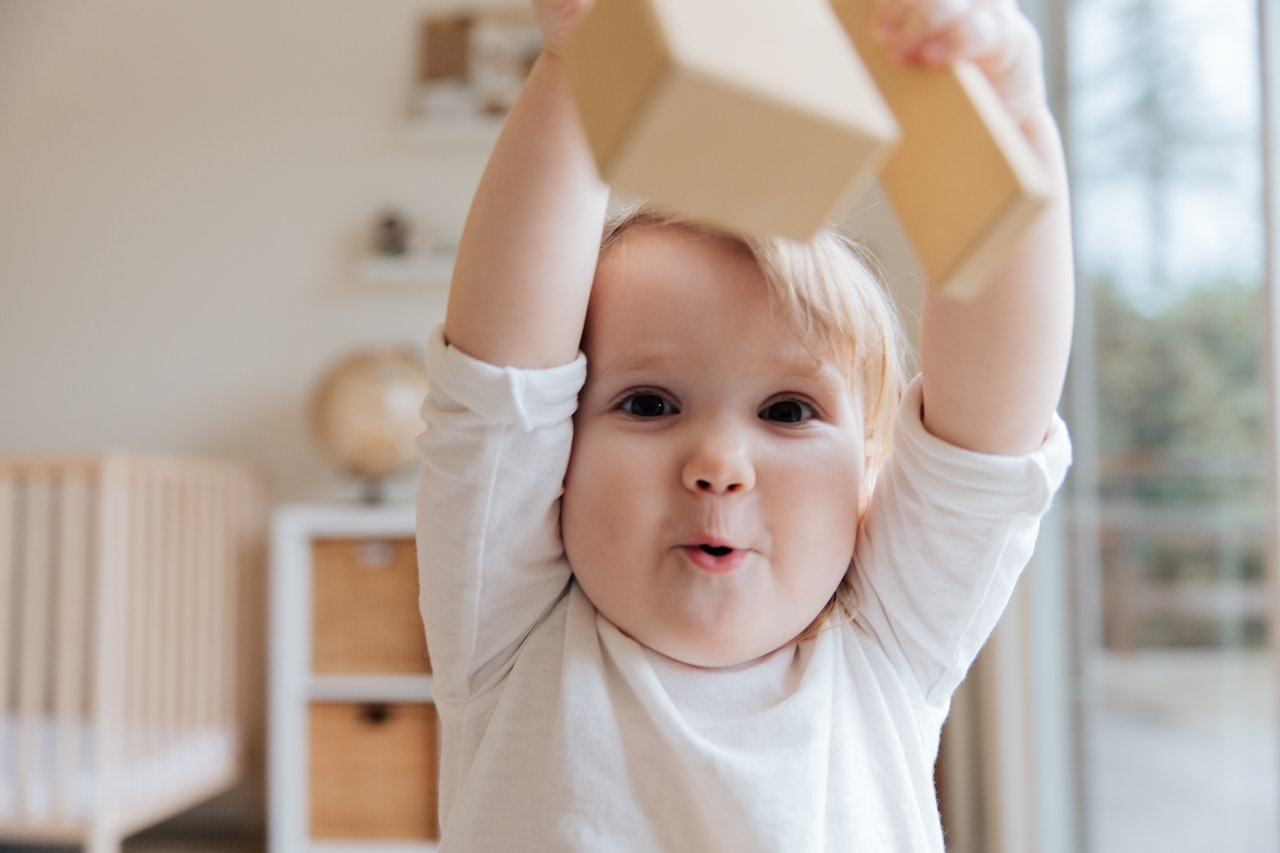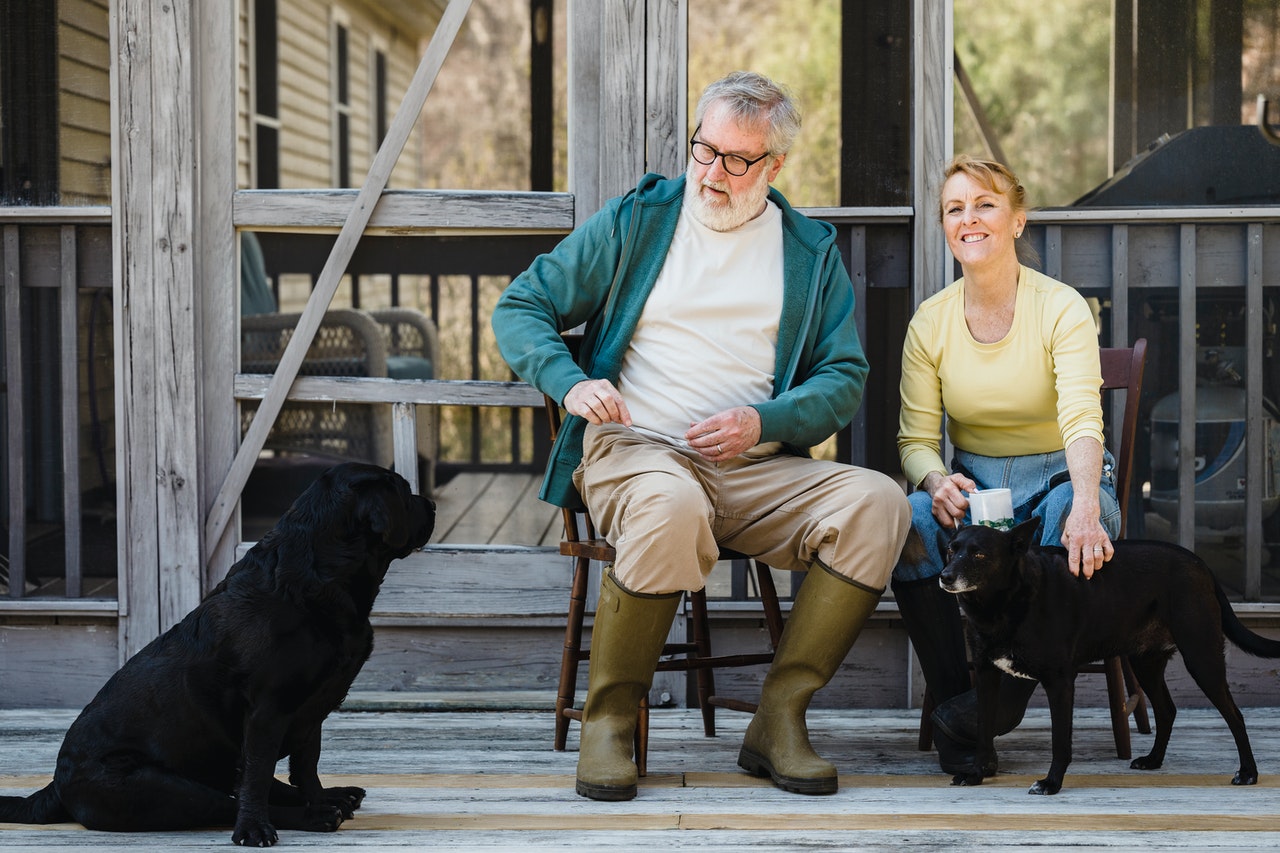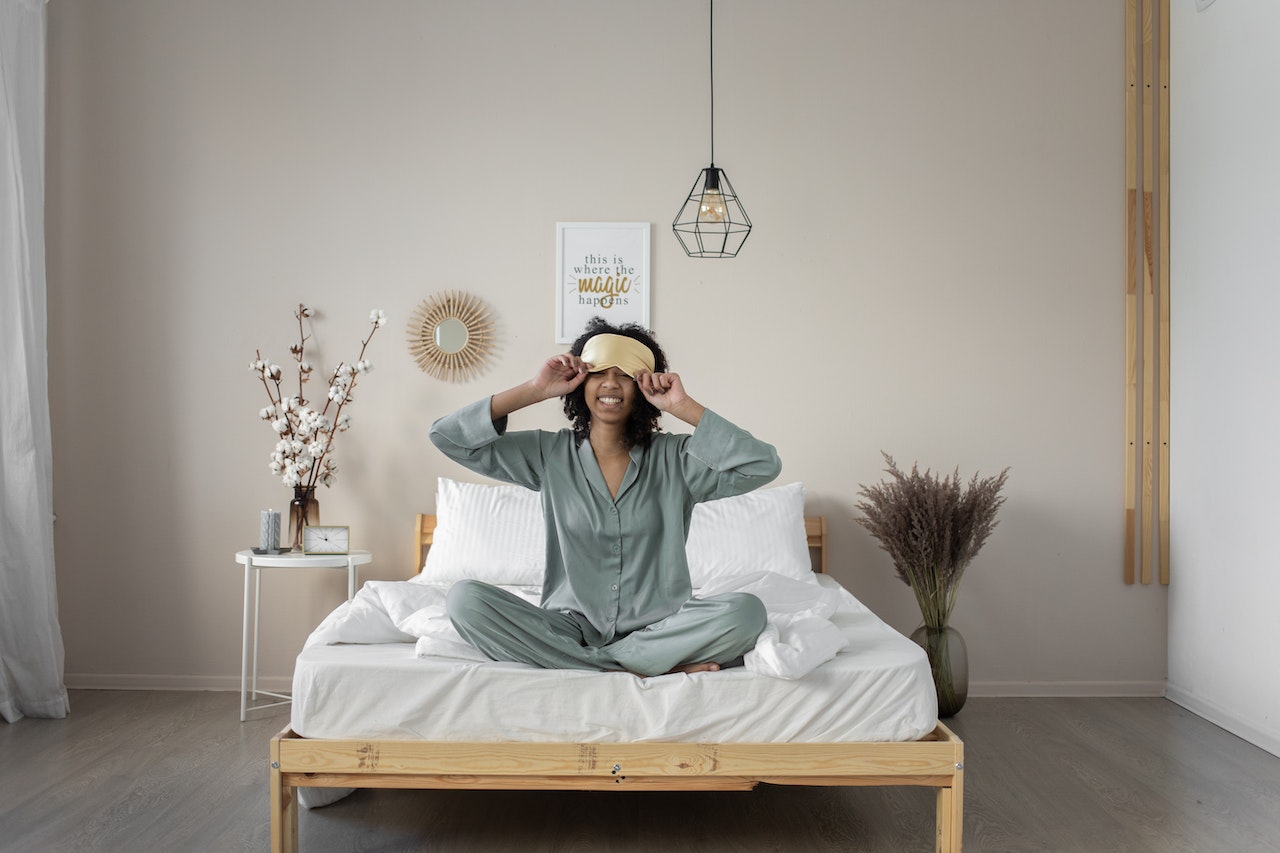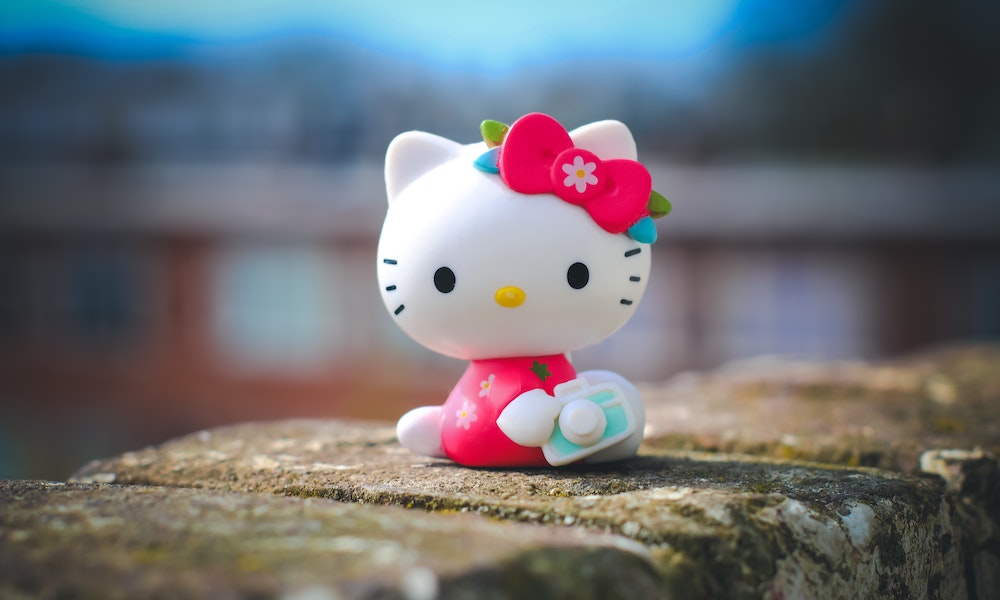Bringing a new baby home is an exciting and life-changing experience. As a new parent, one of the most important preparations you’ll make is setting up a nursery for your little one. A well-designed and equipped nursery can make life easier and more comfortable for both you and your baby. But with so many options and items to consider, it can be overwhelming to know where to start.
When it comes time to create a nursery or children’s room, the limitations of time, space, and money are big challenges. There’s also the issue of safety and childproofing. That said, choosing nursery room decor and baby’s room decor you love can be a fun, rewarding, and successful undertaking even with (and sometimes even because of) those significant considerations.
If you’re thinking about creating a newborn room for your infant, read on for some great nursery room ideas, decorating ideas, and must-have essentials along with our best tips for what to consider and include in your newborn room project.
Planning for your nursery project
Knowing where to start can often be the biggest challenge when creating a nursery or kids’ room and childproofing your home. Ask yourself the following questions to give yourself a roadmap for how to build the best spaces for babies, toddlers, or young children.
Cover your bases
Having children can have a significant impact on home insurance due to safety concerns. For example, children playing outside may increase the risk of accidents on the property, and insurance providers may be more likely to view certain features of a property, such as a swimming pool or trampoline, as attractive nuisances that can lead to injury. Parents may need to take extra precautions to ensure that their home is safe for their children, such as installing fences or locking gates around hazardous areas. Additionally, having children can also impact the amount of personal property coverage needed in a home insurance policy, as families may need to purchase additional coverage for items such as baby gear, toys, and other child-related items. It’s important for parents to review their home insurance policy regularly and to notify their provider of any changes or additions to their home, including a new baby or nursery.
On the safety front, taking steps to babyproof your home can also help prevent accidents and potential insurance claims. Some insurance providers may even offer discounts for certain safety measures, such as installing smoke detectors and carbon monoxide detectors. It’s always best to check with your insurance provider to understand how having a baby may impact your policy and what steps you can take to ensure your family and home are protected.
Last, if you are planning on making an addition to your home to create a nursery, it’s important to notify your home insurance provider of the renovation. Adding a room or making significant changes to your home can affect your coverage, and you may need to adjust your policy accordingly to ensure that your home and your family are adequately protected. Your insurance provider can advise you on the specific changes you need to make to your policy and help you avoid any potential gaps in coverage. It’s better to address these concerns early on rather than waiting until after an incident occurs.
Make a timeline
Renovating a nursery can take time, and it’s important to plan ahead so that it’s ready before your baby arrives. Remember that babies can arrive early for a variety of reasons. In the United States, the March of Dimes reports that about 1 in 10 babies are born prematurely. While it is impossible to predict exactly when a baby will arrive, it is important to have the nursery set up and ready well in advance of the due date in case the baby arrives earlier than planned.
- Determine when you want the nursery to be ready. Before you begin, decide when you want the nursery to be ready. This will help you plan the timeline and keep track of your progress.
- Allow enough time for renovations. Renovating a nursery can take anywhere from a few days to several weeks depending on the extent of the work that needs to be done. Plan ahead and allow enough time for the renovations to be completed.
- Take into account lead times for furniture and decor. If you’re ordering custom furniture or waiting for a special order, make sure to factor in lead times when planning your timeline.
- Don’t wait until the last minute. It’s always better to start early and give yourself plenty of time to complete the renovations. Don’t wait until the last minute to start the project or you may find yourself running out of time.
Choose the right space
One of the first steps in creating the perfect nursery is choosing the right space. The location of the nursery can impact the overall design, functionality, and safety of the space. By selecting a suitable room, you can ensure that your baby’s nursery is both practical and comfortable for your little one’s needs. In this article, we will explore how to get started on setting up your baby’s nursery by choosing the right space.
First, you want to choose a space that is quiet, comfortable, and has good ventilation. It’s also important to consider the proximity of the nursery to your bedroom, especially if you plan on having your baby sleep in your room for the first few months. Additionally, you want to choose a space that is easily accessible and has enough room for all of the furniture and equipment that you will need for your baby. Finally, consider the overall safety of the space, including things like the flooring, window treatments, and electrical outlets.
Set your budget
The sky’s the limit when it comes to creating nurseries and kids’ rooms. You can go all out with high-end baby furniture, a newborn room set, or elaborate nursery room decor, but that’s not necessarily required.
The costs can quickly add up, so it’s important to be realistic about what you can afford. Start by deciding on a total amount that you can allocate towards the nursery. It’s a good idea to do some research and look at different items you may need, such as furniture, bedding, dresser, crib and decor. This will give you an idea of the costs and help you prioritize what’s essential and what you can do without.
Remember to factor in any labor costs, such as painting or installing shelves, and also think about any ongoing costs, such as diapers and baby wipes. By setting a budget, you’ll be able to create a beautiful and functional space for your baby while keeping your finances in check. Statistics show that the average cost of the first year is right around $13,000, so make sure to factor that in when planning your nursery. If you are wondering how you can save on costs, consider looking for freebies for expectant moms.
Choose a theme
Choosing a theme for your baby’s nursery can be an exciting and fun experience, but it can also be overwhelming with so many options available. The first step is to consider your personal taste and style, as well as any specific trends, interests or hobbies that you and your partner may have. For example, if you love the outdoors, you may want to consider a nature-inspired theme.
Another important consideration is the gender of your baby. While some parents prefer gender-neutral themes, others may want to go with traditional colors and themes such as pink for girls and blue for boys. It’s important to remember that there are no hard and fast rules when it comes to choosing a theme, so ultimately, you should go with what feels right for you and your baby.
When selecting a theme, you’ll want to consider the overall look and feel you want for the nursery. Do you want something bright and colorful, or something more calming and neutral? You can draw inspiration from various sources such as children’s books, cartoons, and nature. Also consider designing something yourself if you’re comfortable with design tools.
It’s also important to keep in mind that the theme you choose will likely impact the furniture and decor items you purchase for the nursery. For example, a safari theme may include animal prints, while a beach theme may include seashell decor. When choosing a theme, consider how you will incorporate it into the various elements of the room, including the walls, bedding, curtains, and accessories.
Ultimately, the most important thing when choosing a theme is to have fun and enjoy the process. Your baby’s nursery should be a reflection of your love and excitement for their arrival, and a theme can be a great way to express that.
Design and layout
Once you know where the room will be and what theme you want, you can hone in on the design features you want to include and decorate for babies and kids. Here are some considerations you should keep in mind.
Plan the layout first
The best layout is planned in advance and works well for both you and your baby. Creating a layout for your baby’s nursery can help you visualize how the space will come together and ensure that everything you need fits comfortably.
Start by measuring the room’s dimensions, including any alcoves, closets, or other features. Next, create a scaled floor plan on graph paper or using a digital tool. You can then experiment with different furniture arrangements, taking into account where windows, doors, and electrical outlets are located. It’s also a good idea to think about traffic flow and where you want to place key items, such as the crib, changing table, and rocking chair.
Pick your furniture and design around it
When planning your nursery, it’s wise to focus on big items like furniture first. Choosing complete nursery room furniture sets is an easy way to get coordinated items that can often cost less when purchased together rather than individually. A newborn room set usually includes:
- crib, mini crib, and/or co-sleeper
- nursing or rocking chair
- changing table
- dresser
When you’re picking out furniture, make sure your choices are safe and meet all relevant safety standards. Look for items with rounded edges, sturdy construction, and non-toxic materials.
Not only is the furniture important, but the materials it’s made from matter, too. Eco-friendly nursery furniture is typically made from sustainable, non-toxic, and environmentally friendly materials. It’s important to consider the materials used to create the furniture, as well as the manufacturing process. Some popular materials for eco-friendly furniture include bamboo, reclaimed wood, and organic cotton. These materials are sustainable, renewable, and biodegradable, which makes them a great choice for parents who want to reduce their carbon footprint and protect their baby’s health.
Next, think about how practical it will be. For example, you’ll need a crib that can adjust to different mattress heights as your baby grows and a changing table with plenty of storage for diapers, wipes, and other baby essentials. Think about furniture that can do double duty, such as a dresser that can double as a changing table. You’ll also want to consider a space-saving nursery room wall shelf with lots of storage for toys and books.
Finally, consider the style and design of the furniture. You’ll want to choose pieces that fit with your overall nursery theme and aesthetic while still being functional. Don’t forget to factor in your budget as well – nursery furniture can be a significant expense, so be sure to shop around and compare prices to find the best deals.
Add climate controls
The ideal newborn baby room temperature and the optimal room temperature for newborns are between 68 and 72 degrees Fahrenheit. It’s important to regulate the temperature and ensure the space is cool enough in the summer and warm enough in the winter through the use of fans, air conditioning, and strategic heating. Still, safety is paramount: avoid installing potentially dangerous space heaters and window A/C units in nurseries, baby rooms, or kids’ rooms.
In addition to maintaining a comfortable temperature, supporting good hygiene is also an important consideration and not something you should overlook when planning out a kids’ room. That means using washable materials, embracing surfaces that are easy to clean and disinfect, and avoiding using wall-to-wall carpeting if possible.
Lastly, consider humidity. The ideal humidity of a baby’s room is between 50-70%. You can lower humidity by turning up the heat or using a dehumidifier and raise it by using an infant room humidifier.
It’s also a good idea to install a ceiling fan, if possible. In a recent study, infants who slept under a ceiling fan reduced their risk of SIDS by 72%. A ceiling fan will also help regulate the newborn room temp, thereby saving on energy bills, too!
Choose your decor
Choosing the decor for a nursery is an important step in creating a cozy and welcoming space for your baby. The decor can include wall art, photo tiles, bedding, window treatments, and accessories such as lamps, rugs, and decorative items.
When choosing decor for a nursery, consider the overall theme or color scheme you have chosen, and try to find pieces that complement or enhance that theme. You can also add personal touches such as family photos or handmade items.
Consider what DIY nursery crafts you can do to add a personal touch to your new space. Better yet: if your kids are old enough, get them involved in decorating their space with age-appropriate projects. Not only will you have fun and put your own stamp on the decor, but it can also save you a lot of money! Painting, sorting and organizing toys, choosing the correct children’s bunk bed, and laying out the room are all things many kids can help out with to one extent or another.
Putting it all together
When it comes time to paint, set up furniture, and move items into your nursery, safety is of the utmost importance. Pregnant people should be cautious when decorating a nursery and doing manual labor to avoid any harm to themselves or the baby. Heavy lifting, climbing, and reaching can strain the body and may lead to falls or other accidents.
Take frequent breaks, stay hydrated, and avoid working in a poorly ventilated area. Additionally, pregnant individuals should avoid exposure to toxic materials such as paint fumes or dust from sanding, and wear protective gear such as gloves and a mask when handling any potentially harmful materials. If possible, it may be best to have someone else do the manual labor while the pregnant person supervises and provides direction.
Safety and organization
Your nursery is set up, now what? Creating a space that features facilitates safety, organization, good sleep, and relaxation is the ultimate goal. A space that works for you and your baby is going to make everyone’s life easier and better
Appliance safety
Regarding home safety and babyproofing, a home warranty can provide an added layer of protection and peace of mind. If an appliance or system covered by your warranty malfunctions or breaks down, you can have it repaired or replaced quickly and at no additional cost. This can help prevent potential hazards and ensure your child’s safety in your home. Some home warranties may also offer safety features, such as carbon monoxide detectors or fire alarms, as part of their coverage. Be sure to review your home warranty policy and consider any additional safety features available to you.
To help you get started, we’ve created an easy home system babyproofing checklist to follow.
- Cover all electrical outlets with childproof covers: Covering electrical outlets with childproof covers is crucial to babyproofing your home. Childproof covers are plastic ones that plug into outlets and prevent children from touching or inserting objects. Unused outlets should be covered to maximize safety and prevent electrocution or other serious injuries.
- Tuck away cords and wires: Keeping cords and wires out of reach is crucial for child safety at home. Children may pull on them or touch them, causing electric shocks or falls. To prevent these hazards, cords, and wires should be tucked away behind furniture, bundled with cable ties, or covered with cord covers. Regularly check for frayed or damaged cords and replace them immediately to ensure safety. These precautions can help create a safe environment for children to play and grow.
- Check plumbing for potential hazards, such as loose pipes or water heaters: Loose pipes or water heaters can cause serious injuries if not properly secured or insulated. Ensure pipes and water heaters are secure and insulated, check the temperature of hot water, and cover or fence off any exposed pipes or valves. These precautions help prevent potential hazards and ensure your child’s safety at home.
- Store dangerous chemicals and cleaning products in a locked cabinet out of reach of children: These products can cause serious harm if ingested or mishandled, and children are naturally curious. Keep all hazardous materials in labeled, tightly sealed containers and safely dispose of outdated or unused products. Use childproof latches or locks on cabinets and drawers to prevent your child from accessing them.
- Inspect HVAC system for sharp edges or loose parts: Look for sharp edges, exposed areas, and loose parts that can harm your child. Ensure all vents and grilles are securely attached and keep maintenance tools out of reach. Cover sharp edges and fix any issues immediately to prevent hazards.
Following this checklist can help create a safer environment for your child to explore and grow in your home.
Childproofing
Babyproofing is an essential step to being able to relax and enjoy a safe and practical space with your child. It will be easier to childproof from the get-go before your baby starts crawling. In a nursery, this means you have to adapt many things.
- Ensure that the crib meets safety standards and has a firm, snug-fitting mattress.
- Avoid using soft and fluffy bedding such as pillows, comforters, or sheepskins under a sleeping or napping baby
- Use bumpers or protectors on corners and hard or sharp surfaces
- Avoid clothing with drawstrings
- Keep small items that are choking hazards out of baby’s reach
- Keep hanging items like mobiles out of reach
- Install or test smoke and carbon monoxide detectors
- Heavy items such as dressers, bookshelves, and cribs should be anchored to the wall using brackets or straps to prevent them from tipping over.
- Make sure that window treatments do not have any cords or strings that your baby can reach or get entangled in.
- Cover all electrical outlets with outlet covers or safety plugs to prevent your baby from sticking their fingers or objects in them.
- Keep all cords and wires out of reach or covered with cord covers to prevent your baby from pulling them or chewing on them.
- Ensure that the floors in the nursery are clean and clear of any tripping hazards such as rugs, loose flooring, or cords. Consider using a soft, non-slip rug in the nursery.
- Keep all chemicals and medicines out of reach or locked away in a cabinet or drawer. Make sure that any cleaning products, laundry detergent, or other chemicals are stored in their original, childproof containers.
- Make sure that all toys and books in the nursery are age-appropriate and do not have any small parts that could be a choking hazard.
- Make sure the room temperature is safe and comfortable for your baby. Avoid overheating the room or using heating devices that could be a fire hazard.
Childproofing is a huge undertaking, so if you’re unsure, don’t have the tools needed for childproofing, or just want the peace of mind knowing your home is as safe as possible for your little one, it can often make sense to call in a pro to help childproof your home.
Organizing
You may not think the organization is a big deal when planning out a nursery, but that’s far from the truth! Parents can accumulate a surprising amount of baby essentials and necessities that can take over the entire home if they’re not careful about storage. Here’s how to stay organized:
- Organize baby clothes by size and type, such as onesies, sleepers, cutie cocoons, and outfits. Use dividers in drawers to separate the different sizes and hang clothes in the closet by size.
- Keep changing supplies, such as diapers, wipes, and creams, close to the changing table. Use baskets or bins to organize these supplies and make them easily accessible.
- Keep toys in a designated area in the nursery, such as a toy bin or bookshelf. Use clear bins to organize toys by type, such as stuffed animals or blocks.
- Display books on a bookshelf or in a basket near a comfortable reading chair. Organize them by age or category, such as board books or picture books.
- Store keepsakes, such as first outfits and hospital bracelets, in a memory box or keepsake bin. Label the items with the date and occasion to keep track of each memory.
- Keep health items, such as a thermometer and medicine, in a designated bin or drawer. Label the bin with the items inside for easy access during emergencies.
- Make clever use of dead space under beds and cribs for added storage.
Adjust the space for both of you
Making a baby’s nursery comfortable for adults is an important consideration when designing the space. It is likely that you will be spending a significant amount of time in the nursery, so it’s important to create an environment that is relaxing and functional for them as well.
One way to achieve this is by incorporating comfortable seating options, such as a rocking chair or a glider, which can be used for feeding, cuddling, or simply resting. Adding some personal touches, like family photos or artwork, can also help make the space feel more inviting and comfortable. Additionally, making sure there is adequate lighting, both natural and artificial, can help create a welcoming atmosphere for adults spending time in the nursery.
Final thoughts
Creating the perfect baby nursery can seem like a daunting task, but with careful planning and consideration, it can be a fun and exciting project. From choosing the right space and theme to selecting furniture and decor, this comprehensive checklist has covered all the essential aspects of setting up a comfortable and safe nursery for your little one. By following these tips and recommendations, you can ensure that your baby’s nursery is not only functional and practical but also a beautiful and welcoming space for you and your family to enjoy.




